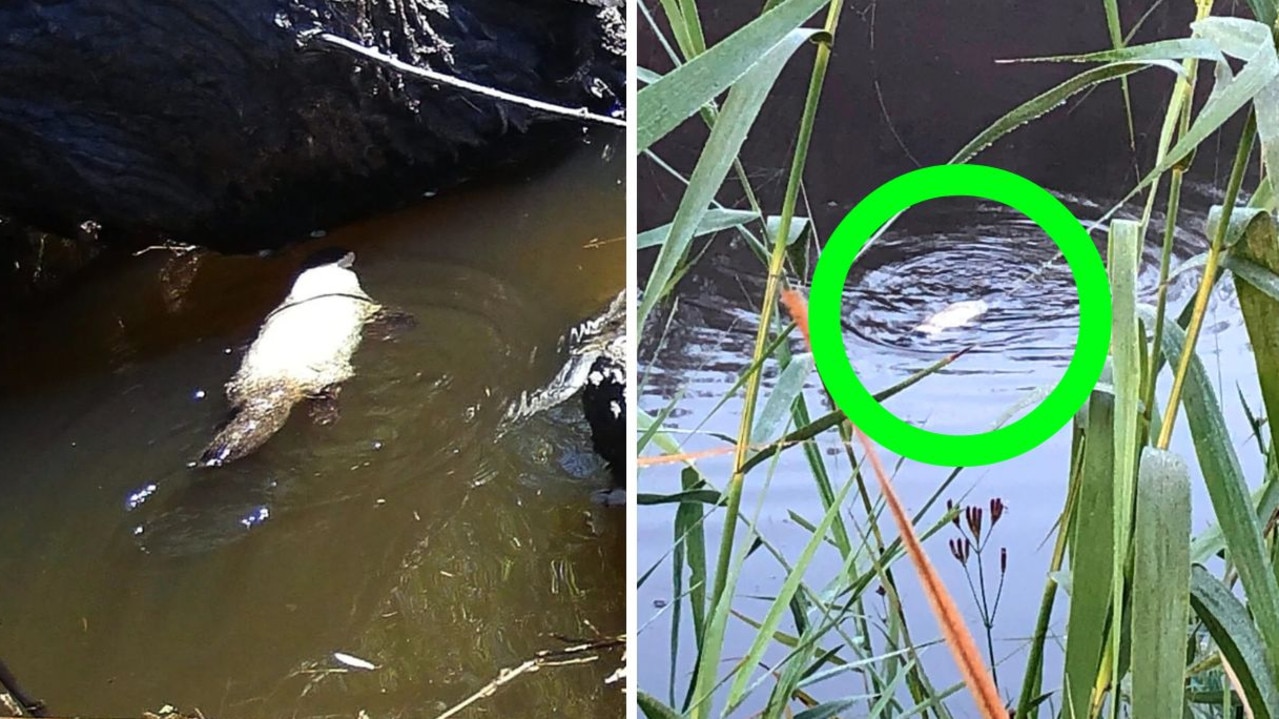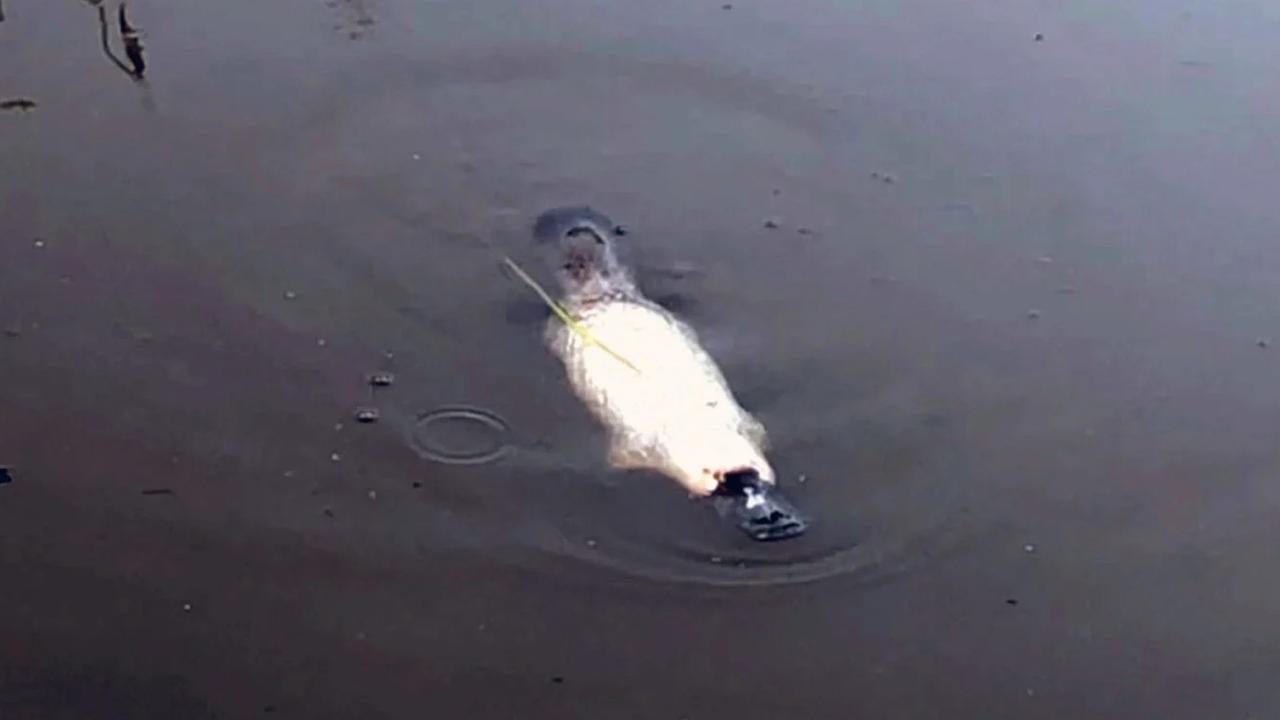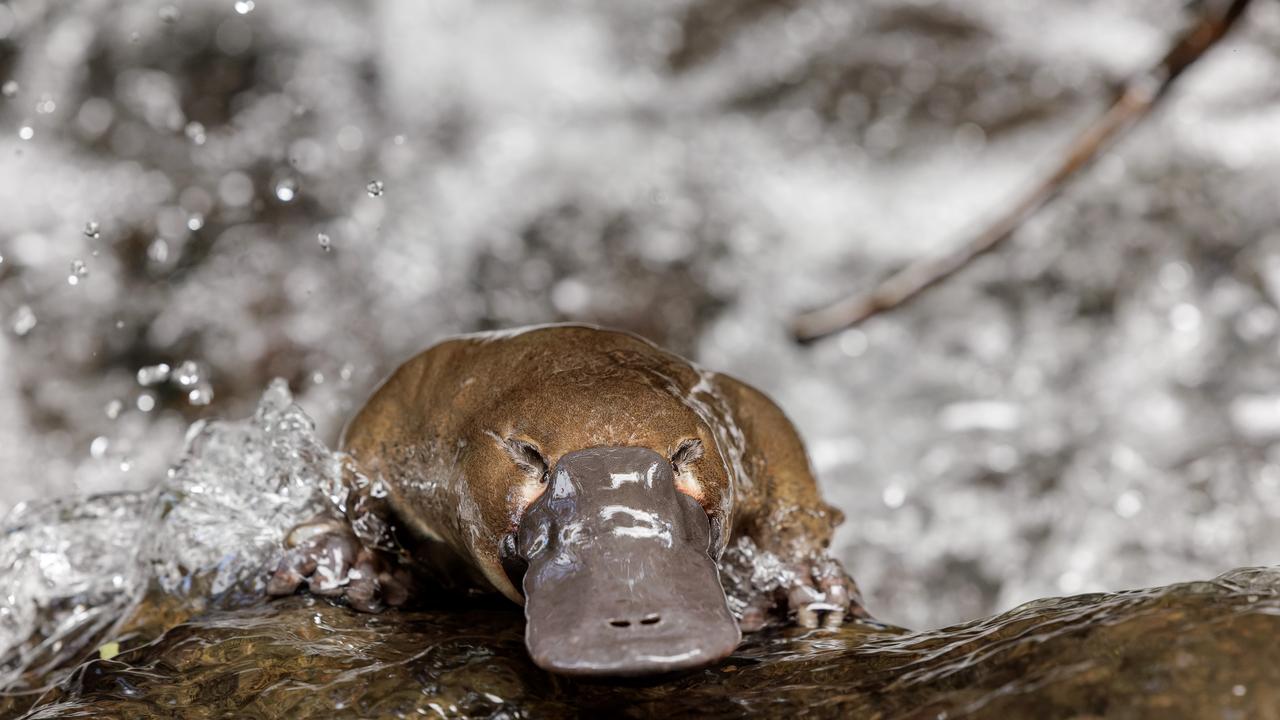Unique white Platypus found in Aussie creek prompts conservation concerns
Discovery of an extremely rare white platypus in Northern NSW has raised urgent calls for more substantial conservation efforts in Australia.
In 1799, when British scientists first received a platypus specimen with its duck-like bill and ability to lay eggs, they suspected it was a hoax, describing it as “some deceptive preparation by artificial means,” according to zoologist George Shaw.
Fast forward to the present day, and researchers from the University of New England have made an “extraordinary” discovery – a white-coloured platypus, offering undeniable proof of its existence.
Over 28 months, the team documented multiple observations, with photographs and video footage of the specimen swimming in a creek in New South Wales’ Northern Tablelands.
Lou Streeting, one of the researchers, emphasised the rarity of this find, saying, “Platypus are one of the world’s most extraordinary animals.
“Many people may never encounter this unique mammal in the wild, and we were fortunate to observe and capture footage of this rare white platypus.”
While the footage was captured from a distance and the encounters were fleeting, the distinct white colouration of the platypus against the creek’s brown water makes for a striking sight.
“We feel especially fortunate to have encountered such an unusual colour morph.”
RELATED: Rare white whale spotted off Aussie coast

The unusual white platypus
Searching through historical records, Streeting found only 12 instances of albino or leucistic platypus dating back to 1835.
The unique platypus she documented is believed to be leucistic, a condition characterised by reduced pigmentation due to environmental or genetic factors.
While leucism is rare in platypus, it is more frequently observed in certain bird species in urban areas, notably magpies and kookaburras.
The discovery of the white platypus has reignited concerns for the overall conservation of these remarkable creatures.

The Australian Conservation Foundation (ACF) urges authorities to provide better protection for the platypus.
Platypuses typically have a brown colouration, which helps them blend seamlessly into the muddy creeks they inhabit, making them challenging to observe.
One effective way to contribute to platypus conservation is by participating in the “platy-project.”
This nationwide citizen science initiative encourages people to visit their local creeks or rivers, find a serene spot along the bank, and attempt to spot a platypus while documenting their observations.
By recording the locations where platypuses reside, we can gain valuable insights into this incredible species and take measures to prevent further population decline.
Notably, there are regions within the platypus’ habitat where sightings have never been recorded or observed for an extended period. These knowledge gaps pose significant challenges to conservation efforts.

While their exact population remains unknown, it’s clear that their habitat has significantly dwindled by over 22% in just three decades.
They are currently listed as vulnerable to extinction by the Victorian government, primarily due to the detrimental impact of human activities.
“Platypus are threatened by humans and the things we do.
“They have been badly affected by dams and the over-extraction of water from rivers, land clearing, attacks by foxes and dogs, pollution, and suburban sprawl,” warns Peta Bulling, a campaigner from the ACF.
In a recent media release, the ACF revealed that “nearly 8 million hectares of threatened species habitat in Australia have been destroyed” since 2000.





